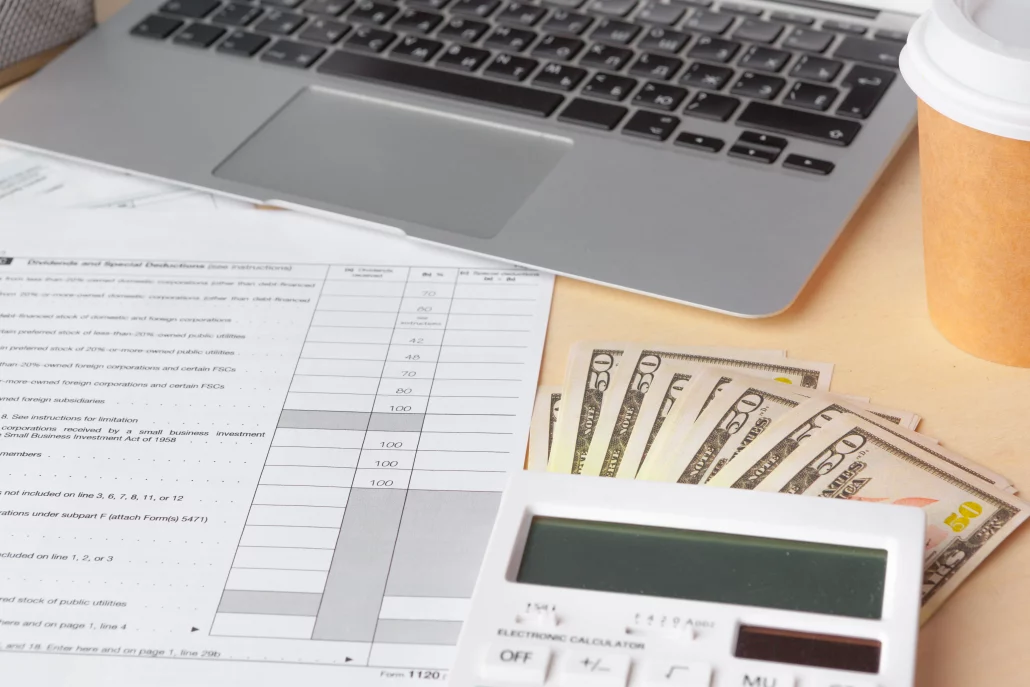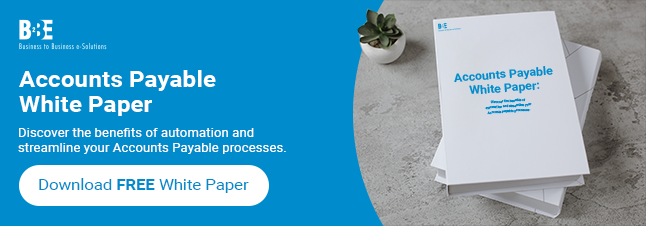Accounts payable is more than just paying bills — it’s a key part of managing cash flow and supplier relationships. One metric that reveals how well this process is working is the accounts payable turnover ratio. When this ratio drops, it means payments are slowing down. But why does that happen?
Understanding what decreases the accounts payable turnover ratio helps pinpoint inefficiencies and uncover opportunities for improvement. Let’s explore the common causes and how to fix it.
What Is the Accounts Payable Turnover Ratio?
The accounts payable turnover ratio measures how often a company pays its suppliers during a specific period. It’s calculated by dividing total supplier purchases by the average accounts payable balance. A high ratio means fast payments. A low ratio means payments are slower, which can signal cash flow issues or process delays.
What Decreases the Accounts Payable Turnover Ratio?
Several factors can cause the accounts payable turnover ratio to drop. Some are strategic, but others may indicate problems that need attention.
1. Extended Payment Terms
Longer payment terms naturally reduce the turnover ratio. Businesses may negotiate 60-day terms instead of 30 to preserve cash. While this can help with liquidity, it may also strain supplier relationships if not managed carefully.
Watch our video round-up below:
2. Timely Payments and Dynamic Discounting
Ironically, paying invoices early can also decrease the ratio. Companies using Dynamic Discounting — a strategy where suppliers offer discounts for early payments — may reduce their outstanding payables faster. This improves financial ratios and strengthens supplier trust, but it also lowers the turnover metric.
3. Manual Processes and Delays
Manual invoice approvals and data entry slow down the accounts payable cycle. If invoices sit in inboxes or get lost in spreadsheets, payments are delayed. This not only affects the turnover ratio but also increases the risk of errors.
4. Disputes and Inaccuracies
Invoice mismatches or disputes with suppliers can hold up payments. When teams need to investigate discrepancies, the accounts payable balance stays high for longer. Clean data and automated matching help resolve these issues faster.
5. Poor Cash Flow Management
If a business is facing cash flow constraints, it may delay payments to conserve funds. This lowers the turnover ratio and can damage supplier relationships. Strategic cash flow planning is essential to avoid this trap.
Using an automated accounts payable system addresses many of these challenges directly. It streamlines invoice processing, automates approvals, and supports dynamic discounting strategies. By digitising and integrating each step, businesses can reduce delays, improve accuracy, and maintain a healthy turnover ratio.
Why It Matters
A decreasing accounts payable turnover ratio isn’t always a bad sign but it’s worth investigating. Whether it’s due to strategic payment terms or process inefficiencies, understanding the cause is key.
If yours is trending down, it might be time to rethink your approach. Because when accounts payable runs smoothly, everything else follows.
With the right tools and strategies, businesses can optimise their accounts payable process and improve financial performance. Read how our accounts payable solution makes that easier by connecting data, automating workflows, and supporting smarter decisions.

